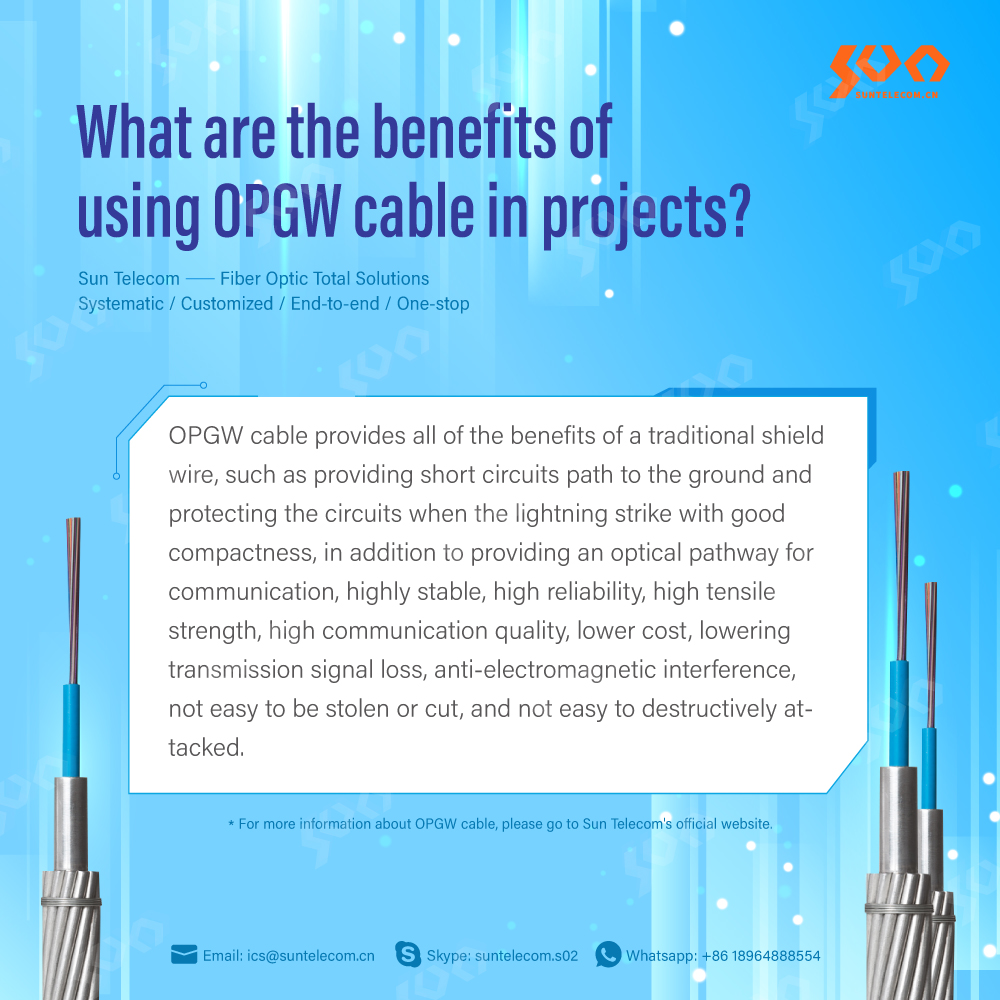In-Depth Understanding of EDFA

EDFA play important role in optical communication networks, It provides high output power, high gain, wide frequency bandwidth, low power input, and low noise. This article will share some knowledge about EDFA. What is EDFA? An erbium-doped fiber amplifier (EDFA) is an optical repeater device that boosts the power of optical signals sent across fiber optic cables. An optical fiber is doped with the rare earth element erbium so that the glass fiber can absorb and emit light at another frequency. An EDFA uses the erbium-doped fiber as an optical amplification medium to enhance the signals directly. In addition, an EDFA can amplify multiple optical signals simultaneously and easily combined with WDM technology, which is used in the C band and L band in the range from 1530 to 1565 nm. How Does an EDFA Work? An EDFA consists of a length of Erbium-doped fiber (EDF), a pump laser, and a WDM combiner. The WDM combiner is for combining the signal and pump wavelength so that they can pro...











